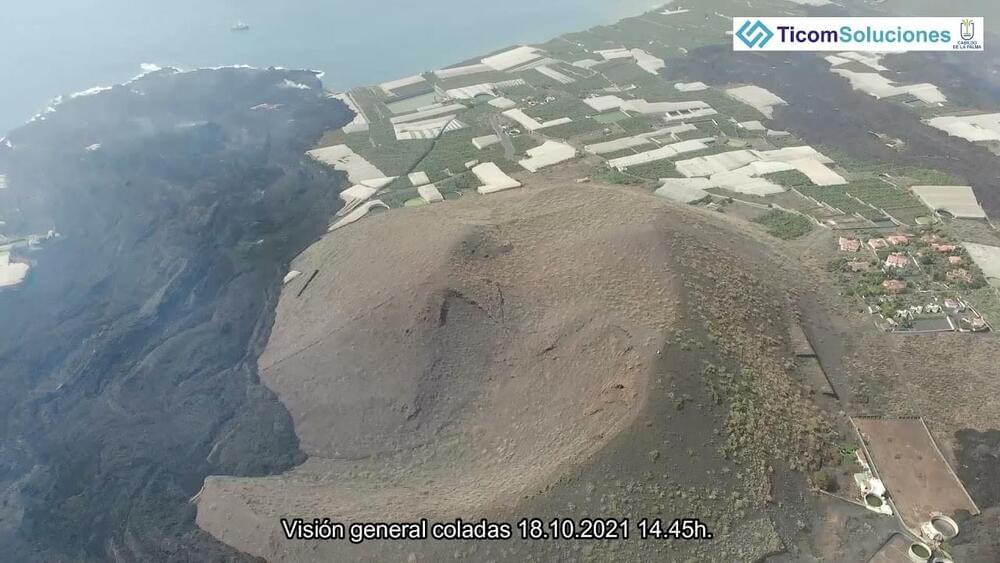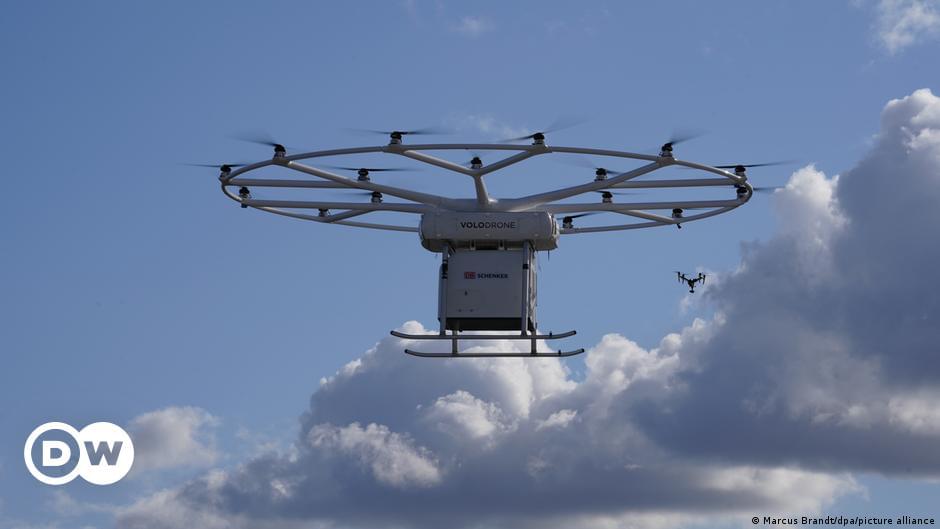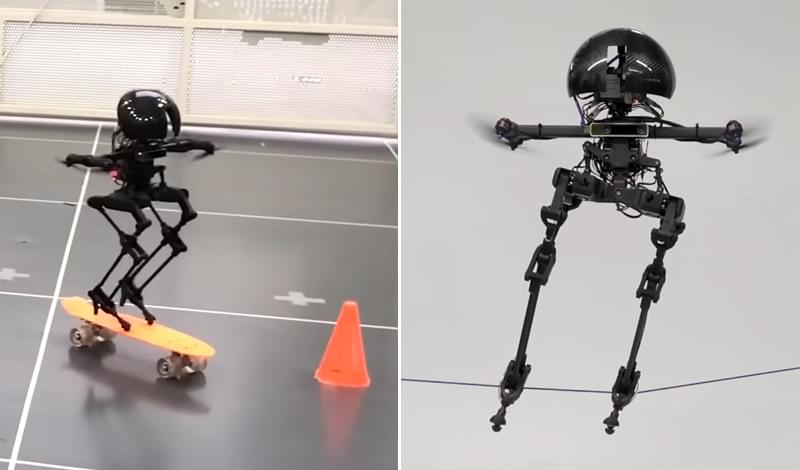Oct 21, 2021
Autonomous Racing Drones Dodge Through Forests at 40 kph
Posted by Quinn Sena in categories: drones, robotics/AI
It seems inevitable that sooner or later, the performance of autonomous drones will surpass the performance of even the best human pilots. Usually things in robotics that seem inevitable happen later as opposed to sooner, but drone technology seems to be the exception to this. We’ve seen an astonishing amount of progress over the past few years, even to the extent of sophisticated autonomy making it into the hands of consumers at an affordable price.
The cutting edge of drone research right now is putting drones with relatively simple onboard sensing and computing in situations that require fast and highly aggressive maneuvers. In a paper published yesterday in Science Robotics, roboticists from Davide Scaramuzza’s Robotics and Perception Group at the University of Zurich along with partners at Intel demonstrate a small, self-contained, fully autonomous drone that can aggressively fly through complex environments at speeds of up to 40kph.

















